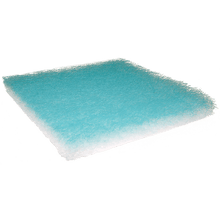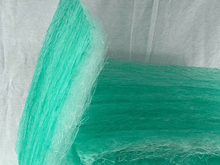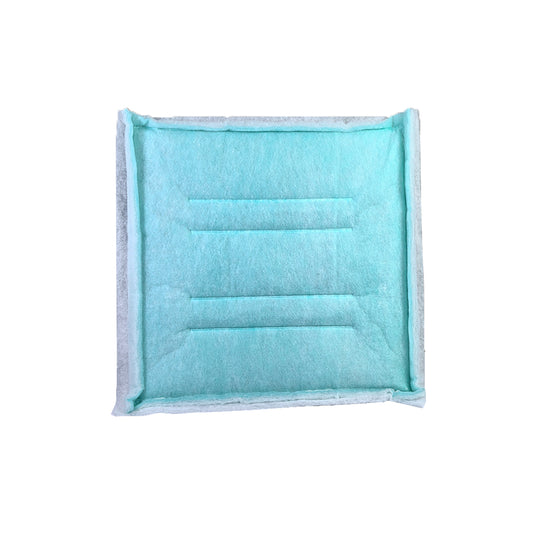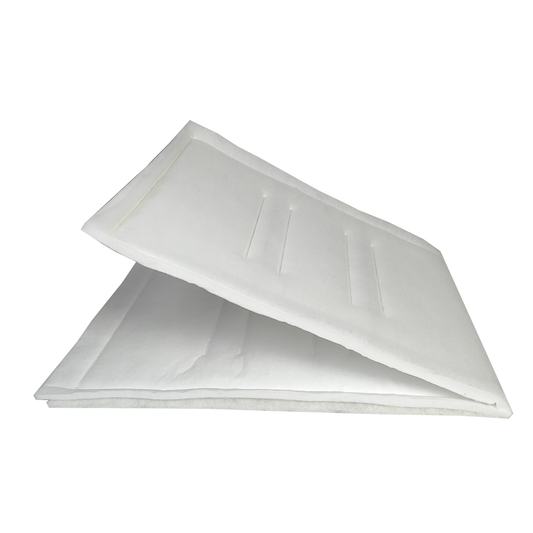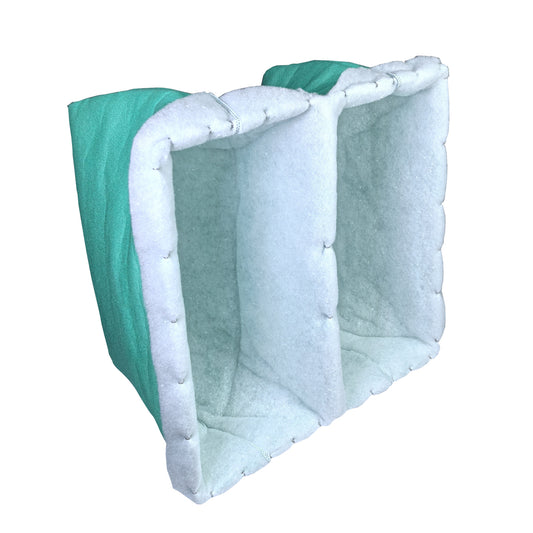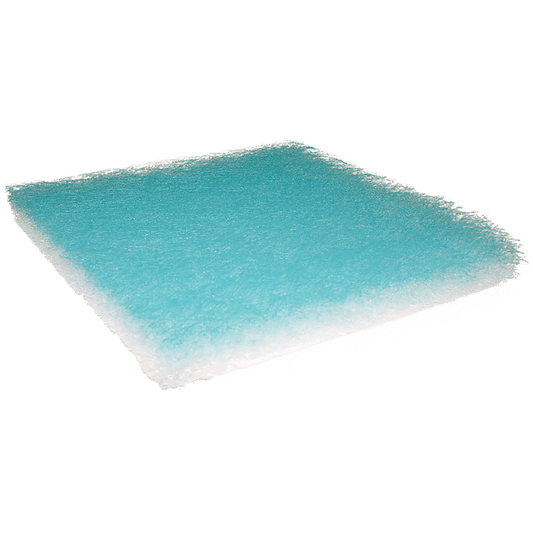Key Considerations Based on Spraying Processes, Materials, and Ventilation Systems
Airflow Velocity
●High airflow velocity spray booths: In some large industrial spray booths or in applications where rapid drying is required, the airflow velocity is high. In such cases, filters with low resistance to airflow should be chosen to avoid affecting the ventilation efficiency. For example, some panel filters with pleated designs can reduce the obstruction to airflow while ensuring a certain level of filtration efficiency. This design increases the surface area of the filter, allowing air to pass through more smoothly.
●Low airflow velocity spray booths: In small spray booths or those with relatively low ventilation requirements, the requirement for airflow resistance is relatively low. Filters with high filtration efficiency can be prioritized according to the particle filtration needs. For example, in a small spray booth in an art studio, even though pocket filters may have a certain resistance to airflow, they can still be selected if they can effectively meet the need to capture fine pigment sprays.
Capacity of the Ventilation System
●Large-capacity ventilation systems: If the ventilation system of the spray booth has a large capacity and can handle a large volume of air flow, filters with a high dust-holding capacity are advisable. Pocket filters or large deep-bed filters are more suitable in this case as they can handle a large amount of dust-laden air for a longer period, reducing the hassle of frequent filter replacement.
●Small-capacity ventilation systems: For small-capacity ventilation systems, it is important to avoid choosing overly large or thick filters to avoid overburdening the ventilation system. Thinner panel filters or small pocket filters may be better choices as they can better fit the size and air handling capacity of small-capacity ventilation systems.
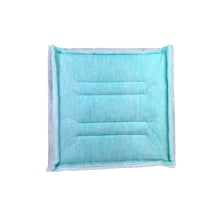
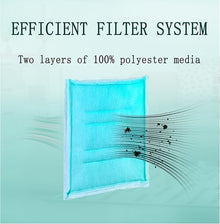 Up to 26% off
Up to 26% off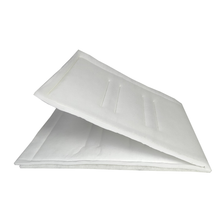
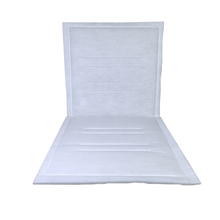
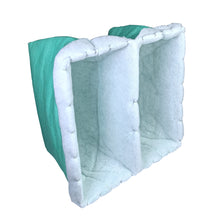
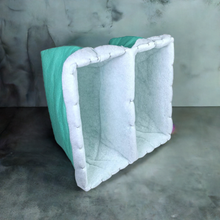 Up to 26% off
Up to 26% off